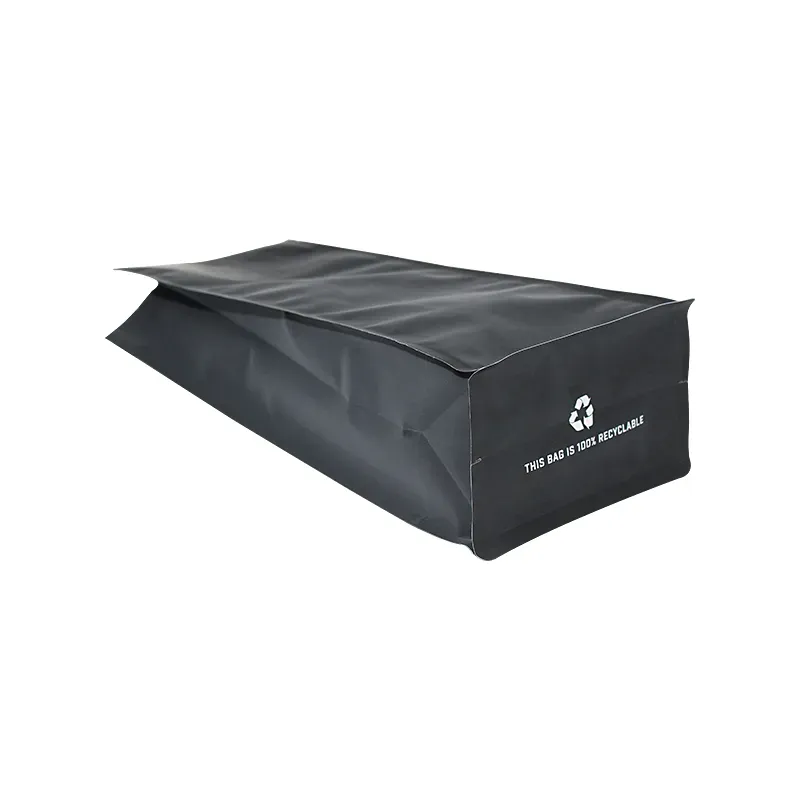- Afrikaans
- Albanian
- Amharic
- Arabic
- Armenian
- Azerbaijani
- Basque
- Belarusian
- Bengali
- Bosnian
- Bulgarian
- Catalan
- Cebuano
- chinese_simplified
- chinese_traditional
- Corsican
- Croatian
- Czech
- Danish
- Dutch
- English
- Esperanto
- Estonian
- Finnish
- French
- Frisian
- Galician
- Georgian
- German
- Greek
- Gujarati
- haitian_creole
- hausa
- hawaiian
- Hebrew
- Hindi
- Miao
- Hungarian
- Icelandic
- igbo
- Indonesian
- irish
- Italian
- Japanese
- Javanese
- Kannada
- kazakh
- Khmer
- Rwandese
- Korean
- Kurdish
- Kyrgyz
- Lao
- Latin
- Latvian
- Lithuanian
- Luxembourgish
- Macedonian
- Malgashi
- Malay
- Malayalam
- Maltese
- Maori
- Marathi
- Mongolian
- Myanmar
- Nepali
- Norwegian
- Norwegian
- Occitan
- Pashto
- Persian
- Polish
- Portuguese
- Punjabi
- Romanian
- Russian
- Samoan
- scottish-gaelic
- Serbian
- Sesotho
- Shona
- Sindhi
- Sinhala
- Slovak
- Slovenian
- Somali
- Spanish
- Sundanese
- Swahili
- Swedish
- Tagalog
- Tajik
- Tamil
- Tatar
- Telugu
- Thai
- Turkish
- Turkmen
- Ukrainian
- Urdu
- Uighur
- Uzbek
- Vietnamese
- Welsh
- Bantu
- Yiddish
- Yoruba
- Zulu
Innovative Techniques for High-Quality Printing on Corrugated Cardboard
The Importance of Corrugated Cardboard Printing A Comprehensive Overview
Corrugated cardboard has become an essential component in various industries, serving as an ideal material for packaging due to its durability, lightweight nature, and structural integrity. In recent years, the demand for high-quality printing on corrugated cardboard has surged, driven by the need for effective branding, marketing, and sustainable packaging solutions.
Understanding Corrugated Cardboard
Corrugated cardboard consists of a fluted layer sandwiched between two flat liners. This unique structure not only provides strength and protection for the contents but also allows for versatility in design. The corrugated design is particularly effective in absorbing shocks and impacts, making it an excellent choice for shipping fragile items. As a result, merchants and manufacturers across various sectors, including electronics, food, and e-commerce, rely heavily on this material.
The Role of Printing in Packaging
The printing on corrugated cardboard serves multiple purposes. First and foremost, it provides essential information about the product, including branding, ingredients, usage instructions, and safety warnings. In an increasingly competitive market, eye-catching graphics and effective labeling set products apart from the competition. High-quality printing transforms plain cardboard into a marketing tool that captures consumer attention and promotes brand identity.
Moreover, creatively designed packaging can enhance consumer experiences. Attractive prints can evoke emotions and associate positive sentiments with the brand. As consumers tend to remember visually compelling designs, businesses are increasingly investing in innovative printing solutions to optimize their packaging.
Technological Advancements in Printing
corrugated cardboard printing

The evolution of printing technology has significantly impacted corrugated cardboard printing. Traditional methods, such as flexography and lithography, are still widely used, but advancements in digital printing have changed the landscape. Digital printing allows for shorter production runs, personalized designs, and quicker turnaround times, making it a favorite for businesses looking to adapt swiftly to market demands.
Digital printing technology is particularly advantageous for small and medium-sized enterprises (SMEs) that may not require large quantities of packaging. This flexibility not only reduces waste but also minimizes costs. Moreover, with advanced color matching capabilities, businesses can achieve vibrant, high-resolution graphics that resonate with consumers.
Sustainability in Corrugated Cardboard Printing
With growing awareness surrounding environmental issues, sustainability has become a crucial consideration in packaging. Corrugated cardboard is primarily made from recycled materials, making it an eco-friendly option. Furthermore, the printing industry is evolving to use environmentally friendly inks and coatings, minimizing the ecological footprint of packaging production.
Investing in sustainable corrugated cardboard printing aligns with consumers' preferences for responsible brands. Businesses that prioritize sustainability in their operations can build strong relationships with customers, ultimately driving loyalty and brand reputation. This commitment to the environment not only benefits the planet but also enhances the overall business narrative.
Future Trends in Corrugated Cardboard Printing
As consumer preferences shift, the future of corrugated cardboard printing looks promising. Personalization will play a significant role, with brands focusing on creating unique customer experiences through tailored packaging. Additionally, augmented reality (AR) and interactive designs will be integrated into packaging, allowing consumers to engage with brands in innovative ways.
In conclusion, corrugated cardboard printing is crucial in modern packaging, serving as a powerful tool for branding and communication. As technology advances and consumer expectations evolve, businesses must embrace these changes and invest in high-quality printing solutions. By doing so, they can enhance their market presence, foster customer loyalty, and contribute to a more sustainable future.













